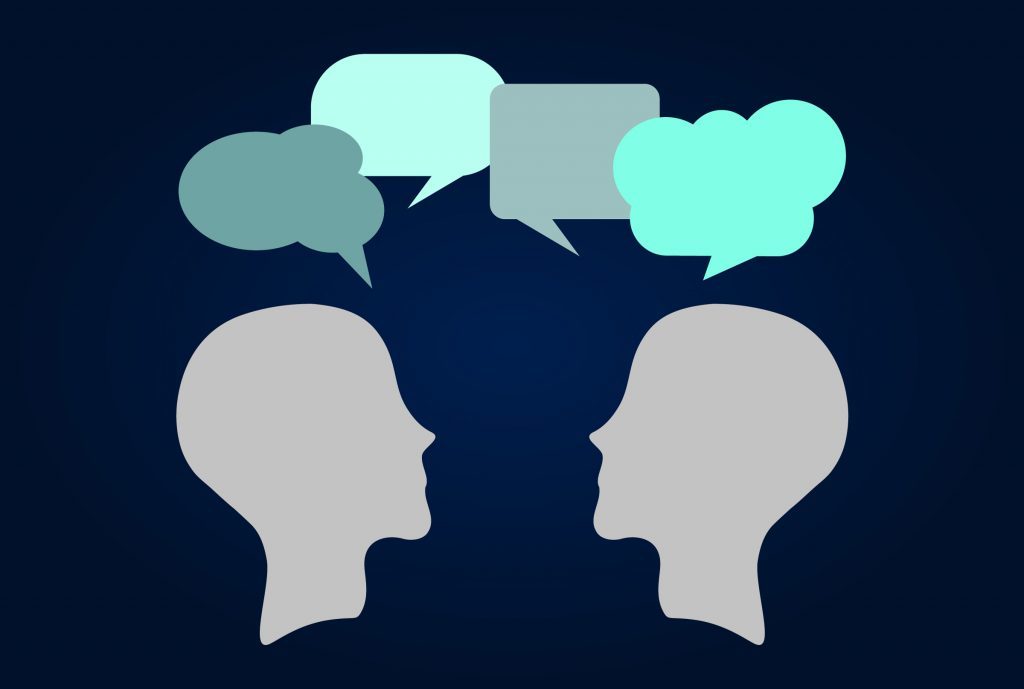
The digital revolution is being dubbed the ‘fourth industrial revolution’ by some – but how does this affect the communication between clinician and technician? Dentistry.co.uk investigates
Effective communication between dental clinician and dental technician is absolutely critical when it comes to providing each and every patient with the best-fitting restorative solution
The General Dental Council recognises this in its Standards for the Dental Team guidance, which states that ‘good dental care is delivered by a team’. The guidance states that patients expect that ‘members of the dental team will work effectively together’ and that dental practitioners will ‘communicate clearly and effectively with other team members and colleagues in the interests of patients’.
The clinician-technician relationship
Nowhere is this guidance more relevant than in the relationship between the dentist and the dental technician, given that they are normally in different locations, and may never even have met.
At a panel discussion titled ‘The fourth industrial revolution’, held at the Henry Schein Digital Symposium earlier this year, the subject of dentist-technician communication was discussed by three prominent dental practitioners.
Dr Sinead McEnhill, director of the Belmore Dental Clinic, gave a clinician’s perspective. She noted how it is common for restorative clinicians to carry out work on their own, often ‘sitting for long hours every day, figuring it out yourself, lonely in your surgery and getting quite stressed’.
The consequences of isolation and ineffective communication between clinician and technician are serious, from both a treatment perspective and a job satisfaction point of view. But ultimately, when communication between clinician and technician breaks down, it is the patient who pays the price. Digital to the rescue!
Changing dentistry forever
Oral surgery specialist, Dr Colin Campbell, explained in the panel discussion that ‘digital dentistry is in the process of profoundly changing dentistry forever’.
Aside from the breath taking clinical advances it has enabled, he argued, it has opened the doors of communication between clinician and technician. When both practice and lab are digitally-enabled, they become permanently connected.
In a typical restorative workflow, the clinician can take a surface scan with an intraoral scanner and any other scan required, such as a CBCT scan. These digital images are immediately uploaded onto the practice CAD software and can be sent straight to a lab while the patient is still in the chair.
At the lab, the technician receives the files and is immediately able to validate the results, or inquire if there are any questions or details missing.
Both clinician and technician have 24-hour access to the case files and as the case proceeds, both parties can discuss results via video call, instant message or email. This gives minimal delays and greater confidence on both sides.
Let’s keep the conversation going
‘I think it’s bizarre that it’s taken this level of technological advance to make the industry almost more human,’ Dr Campbell says.
‘The reality is that there are lots of people to share and communicate with and actually that’s one of the wonderful things about dentistry. It’s meeting people doing similar things to you and making friends that makes your work and life much better.’
The third panellist, Dr Ian Buckle, who runs a private practice from the Wirral commented: ‘One of the great things about digital is that I can speak with a technician in Sweden or America and it doesn’t matter where we are!’
Additionally, Dr Buckle believes that digital has improved communication with patients. He mused ‘I think dentists are not always the best communicators and anything that opens the door to communicate with the patient is a good thing.’
Dr McEnhill agreed, adding: ‘Now the burden has been halved – and maybe even less than that – by talking with the technician, with patients and with staff, because everybody is involved in the communication process, and everybody is equally enthused.’
When clinician, technician and patient are all fully informed and in agreement on the restorative treatment planned, the final outcome is likely to be much more to everyone’s satisfaction.
For more information on Henry Schein’s digital offerings or forthcoming educational events, visit www.hsdconnectdental.co.uk


